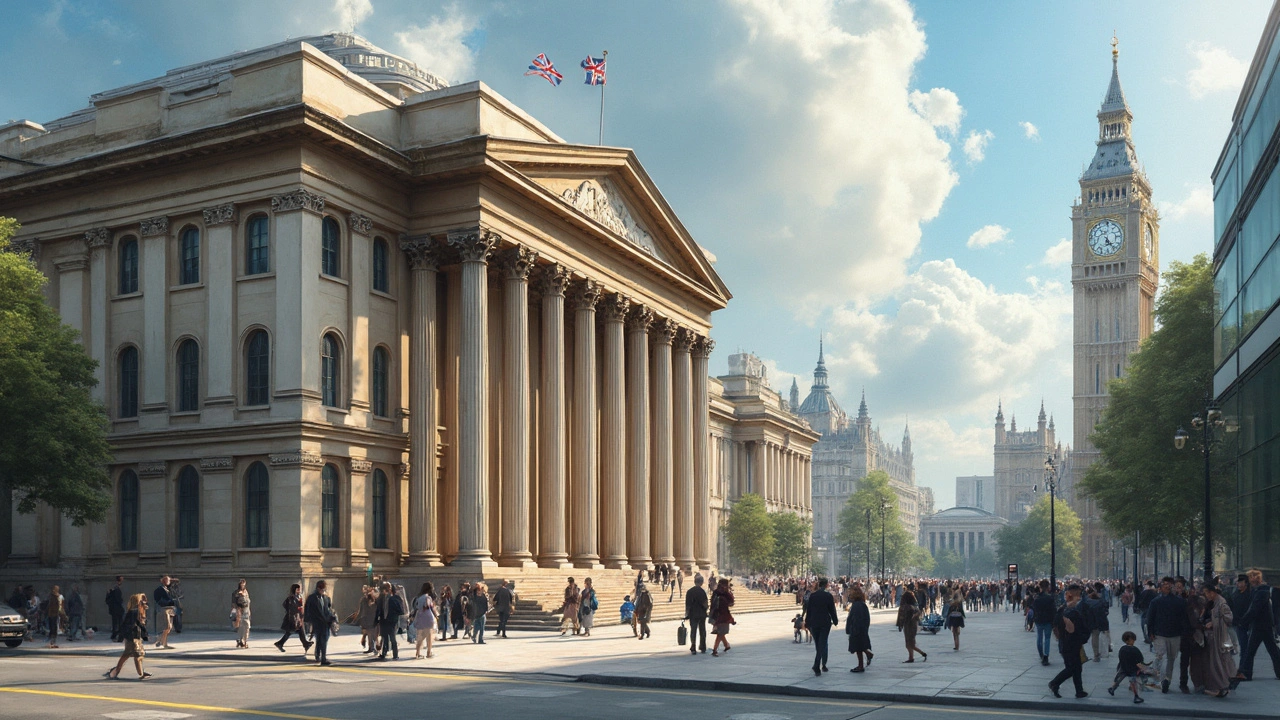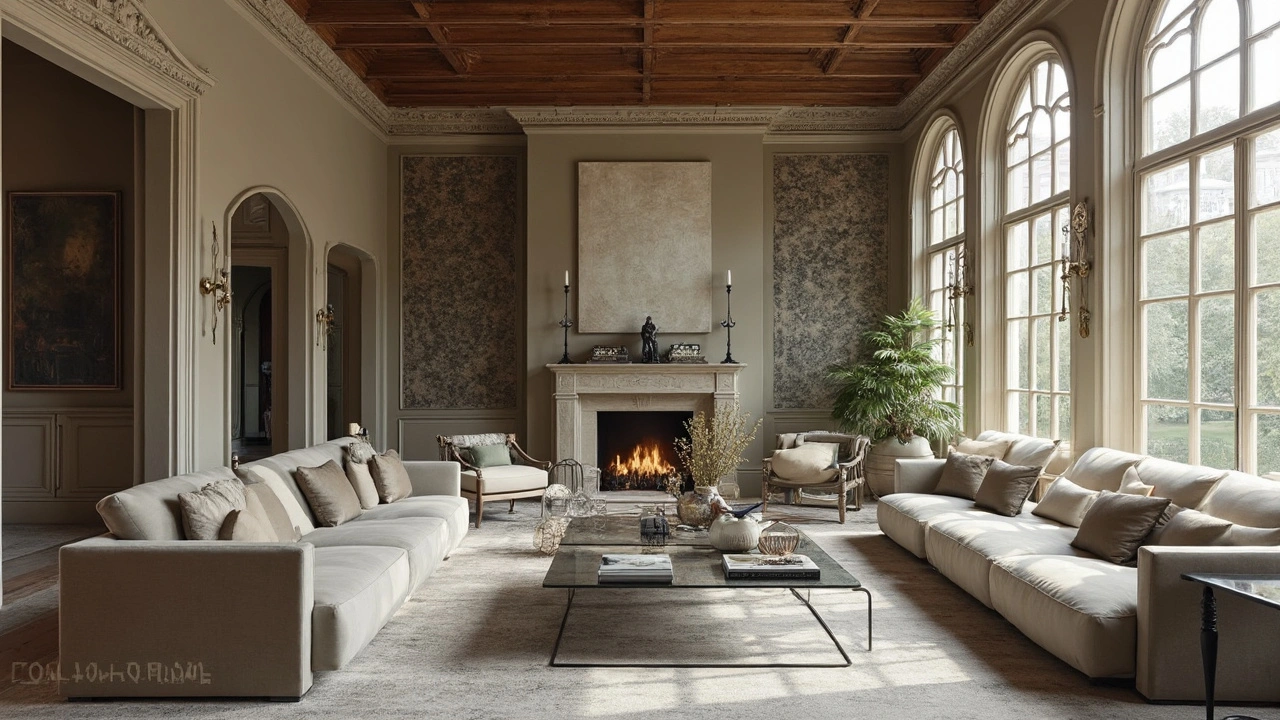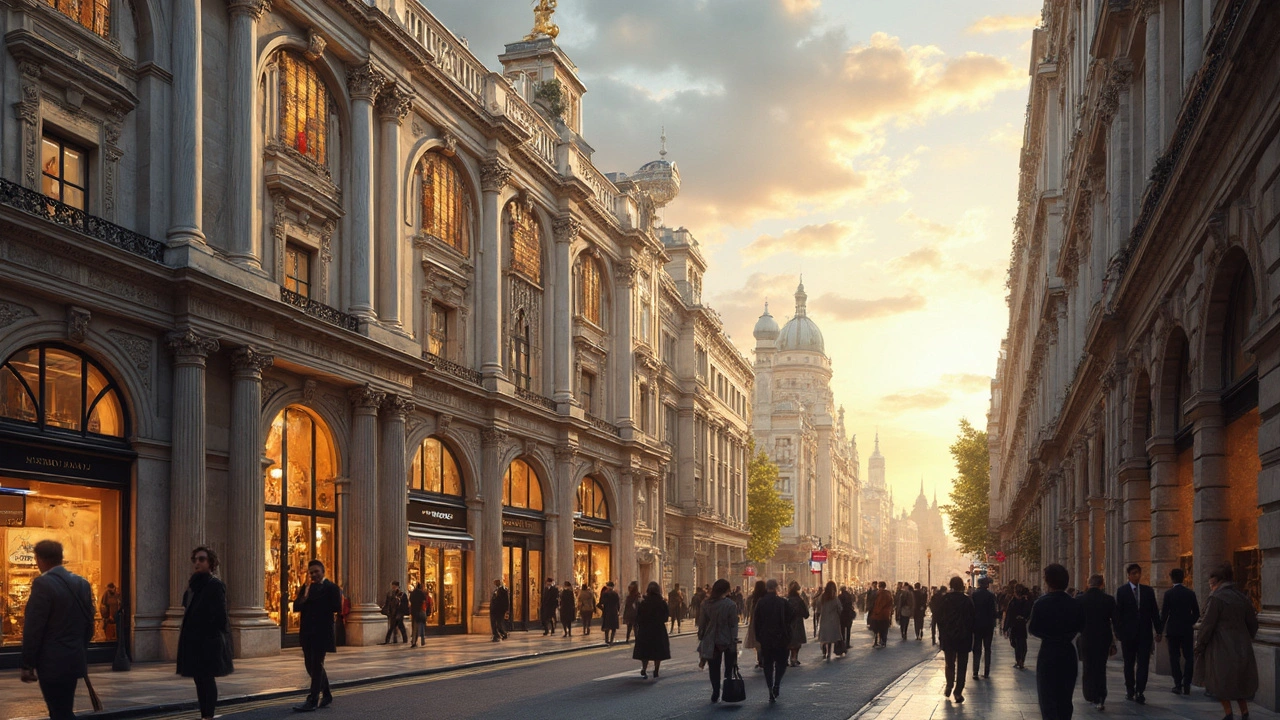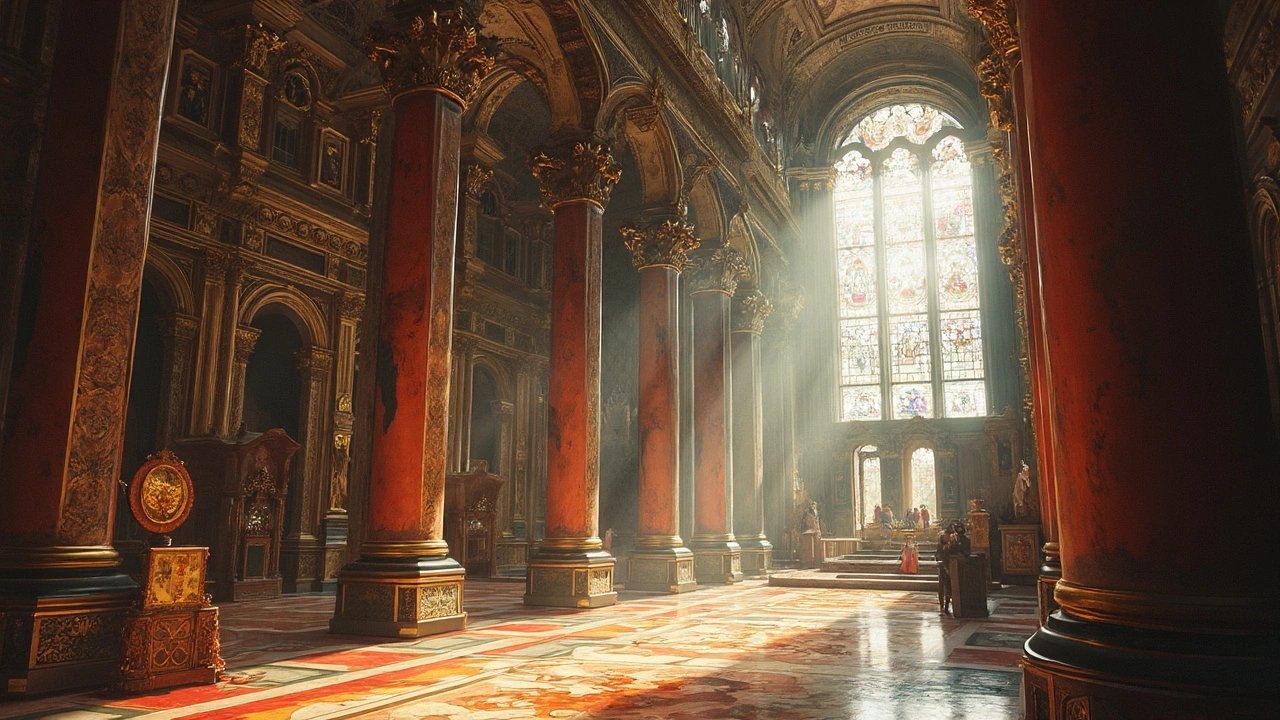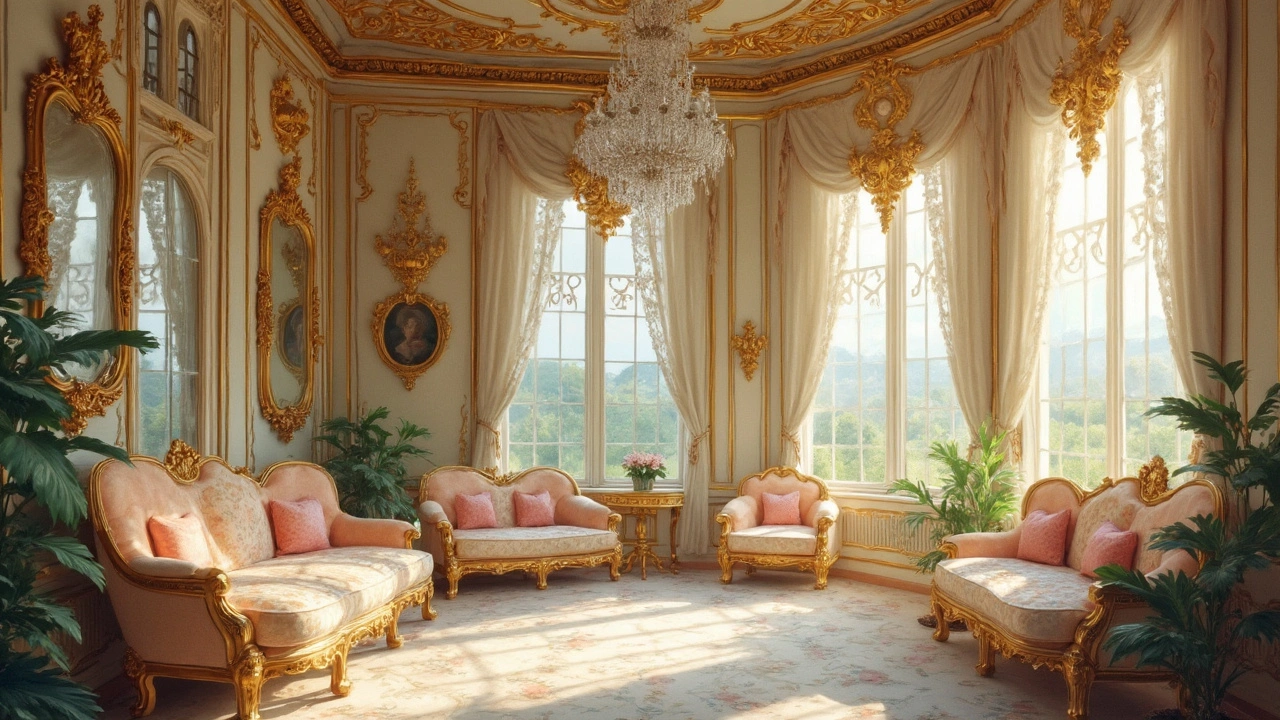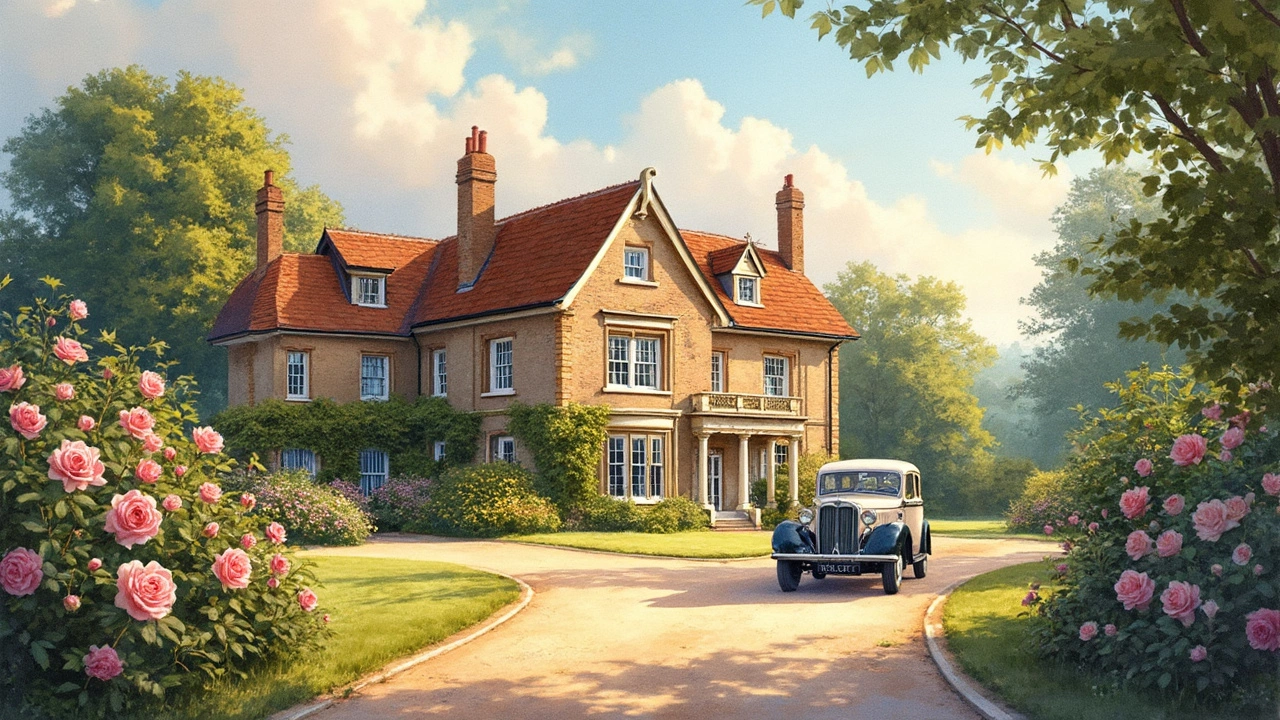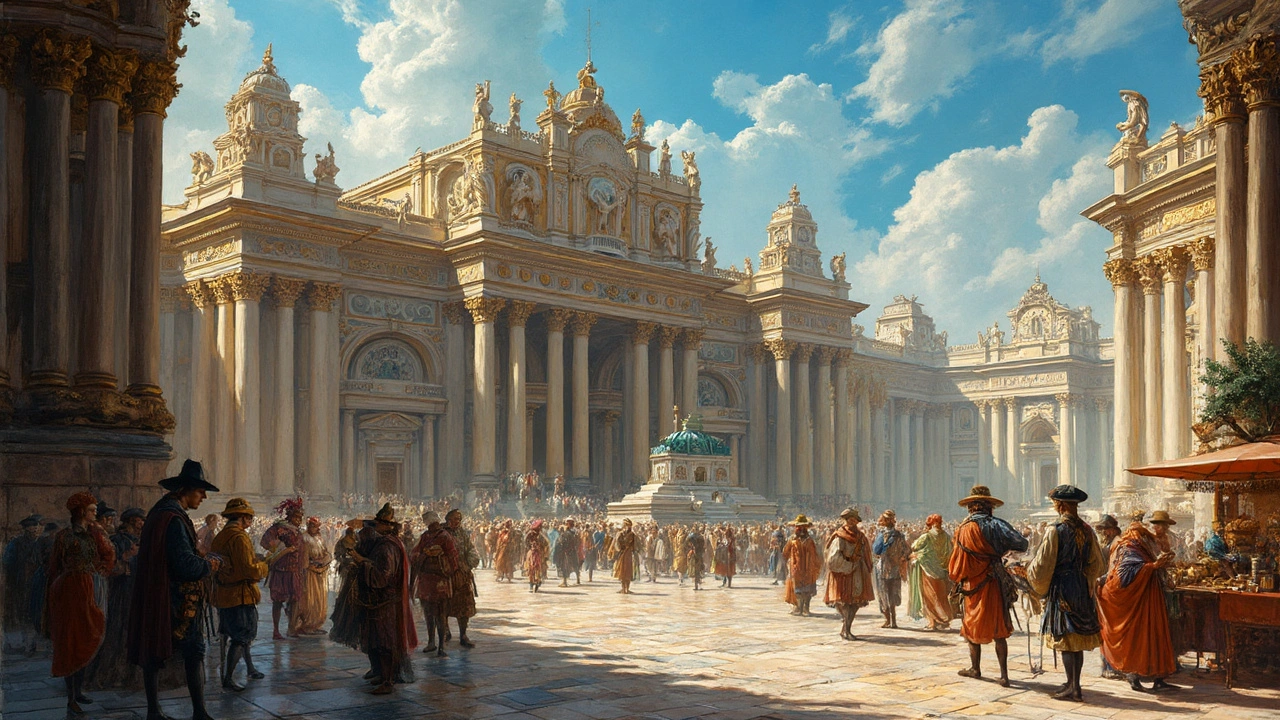Expressionist architecture ditches the straight lines and boring symmetry for wild shapes and emotional impact. This article peels back the curtain on what makes these buildings stand out, how they came about, and why they still turn heads today. You'll get real-life examples, quirky facts, and even some tips if you want to bring that bold style into your own space. Whether you're a design nerd or just curious why some buildings look like they're from outer space, here's your guide to all things expressionist. Jump in and see why this movement still makes a splash.
April 2025 Architecture Archive — Baroque, Colonial, Federal & Expressionist
April brought a tight collection of posts that show how old styles and bold experiments still shape what we build and live in. You’ll find clear guides on Baroque drama, Colonial warmth, Federal civic design, and Expressionist risk-taking — each with practical tips you can use, whether you’re renovating, decorating, or just curious.
What stood out this month
Expressionist Architecture: This piece explains why expressionist buildings feel like sculptures. Want a home with that energy? Start small: use curved wall treatments, dramatic lighting, and one signature piece of furniture with an organic shape. The article also points to real-world examples that show how structure becomes performance, not just shelter.
Federal Architecture: The federal post breaks down how government buildings create authority without feeling cold. Look for symmetry, raised entrances, and symbolic details like columns or seals. If you’re spotting federal buildings in your city, focus on façades, steps, and the way public plazas are framed—those reveal intent more than ornament.
Colonial & Colonial Revival: April included several takes on colonial styles—from original colonial homes to Colonial Revival and practical restoration tips. If you want to blend old and new, keep original proportions and materials, add modern lighting and insulation, and let one room carry the historical character while the rest stays clean and simple.
Baroque & Rococo: Baroque showed up three times, each with a different angle: history, cultural impact, and modern echoes. The posts explain how curves, grand entrances, and layered decoration create emotional architecture. For interiors, borrow Baroque ideas in scale and rhythm—think a dramatic stair, bold ceiling molding, or a statement mirror—rather than full-on ornament overload. The Rococo piece suggests delicate, playful details: small gilded frames, curved furniture, and pastel contrast for a lighter touch.
How to use these posts now
Start with whichever problem you have: decorating, renovating, or learning. If you want hands-on tips, read the Colonial and Expressionist articles first. If you’re studying influence and design language, the Baroque and Federal pieces link history to modern practice. Use the archive tags to jump between practical tips and historical context—mix a restoration post with a design tip to get projects that look authentic but work today.
Want a quick action plan? Pick one idea from any article and apply it to a single room: add curved molding, upgrade entry steps, swap a linear light for a sculptural fixture, or restore a window with modern weatherproofing. Each post in April gives focused, doable moves that add character without wasting time or money. Explore the full articles to get photos, examples, and step-by-step suggestions, and subscribe if you want monthly pulls of style and practical advice.
Federal architecture pulls from a mix of styles, showing off not just power but also a sense of national identity. This article digs into how these buildings shape the way people experience cities, from courthouses and post offices to modern glass structures. You’ll get tips on recognizing key features and a look at hidden gems beyond Washington, D.C. We’ll also break down why these spaces feel so official and how they've changed over time. Expect plenty of practical insights if you want to spot federal design in your own city.
Tired of cookie-cutter modern homes? Mixing colonial architecture with today’s design brings character and warmth that’s tough to beat. This article breaks down smart ways to weave classic colonial style into a fresh new home—without making it feel like a museum. Get real tips on what works, what doesn’t, and how to make your house stand out. Even small touches can bring in loads of charm.
Baroque architecture, with its drama and bold forms, isn't just a relic of the past—it still inspires buildings and cities today. This article explores how the style’s curves, grand entrances, and eye-catching details influence modern malls, churches, offices, and even everyday homes. You'll see how designers borrow from Baroque to make buildings memorable and functional in our fast-paced world. We’ll break down iconic features and how you spot them in your own neighborhood. Plus, there are tips on adding a bit of Baroque style to your own space.
Discover the captivating world of Baroque architecture—a style defined by grandeur, drama, and intricate details. This article explores its historical roots, key features, and iconic examples. Learn how Baroque design has influenced modern aesthetics and get practical tips for incorporating its elements into your own space.
Rococo design, an 18th-century style known for its ornate detail, playful themes, and delicate artistry, continues to capture imaginations with its elegance and whimsy. Originating in France, Rococo moved away from the grandeur of Baroque, focusing instead on lightness, curves, and harmony. This style is celebrated in furniture, architecture, and decorative arts for its creative flair and attention to detail. Understanding the essence of Rococo can inspire anyone interested in interior design or art history, offering insight into blending beauty and function.
Explore the impact of Colonial Revival architecture on American history, highlighting its role in shaping the nation's identity. This article delves into how this architectural style became a symbol of patriotism and nostalgia, offering insight into its evolution and cultural significance. Discover interesting facts and essential aspects that reflect its lasting influence in the United States.
Colonial architecture, with its blend of cultural influences and timeless design principles, offers a fascinating journey into the past. Uncover the secrets of its enduring appeal, learn tips on restoring colonial homes, and discover how to blend traditional charm with modern living. Whether you're an architecture enthusiast or dreaming of a heritage-inspired home, this guide offers useful insights and practical advice.
Baroque architecture isn't just grand and ornate; it tells stories about the cultural shifts of its time. This article dives into how this architectural style influenced the world, from its lush details to its dramatic designs. Readers will explore how Baroque art served as a reflection of power, emotion, and innovation. With practical insights and engaging examples, you'll see why this style left such an indelible mark on history.


